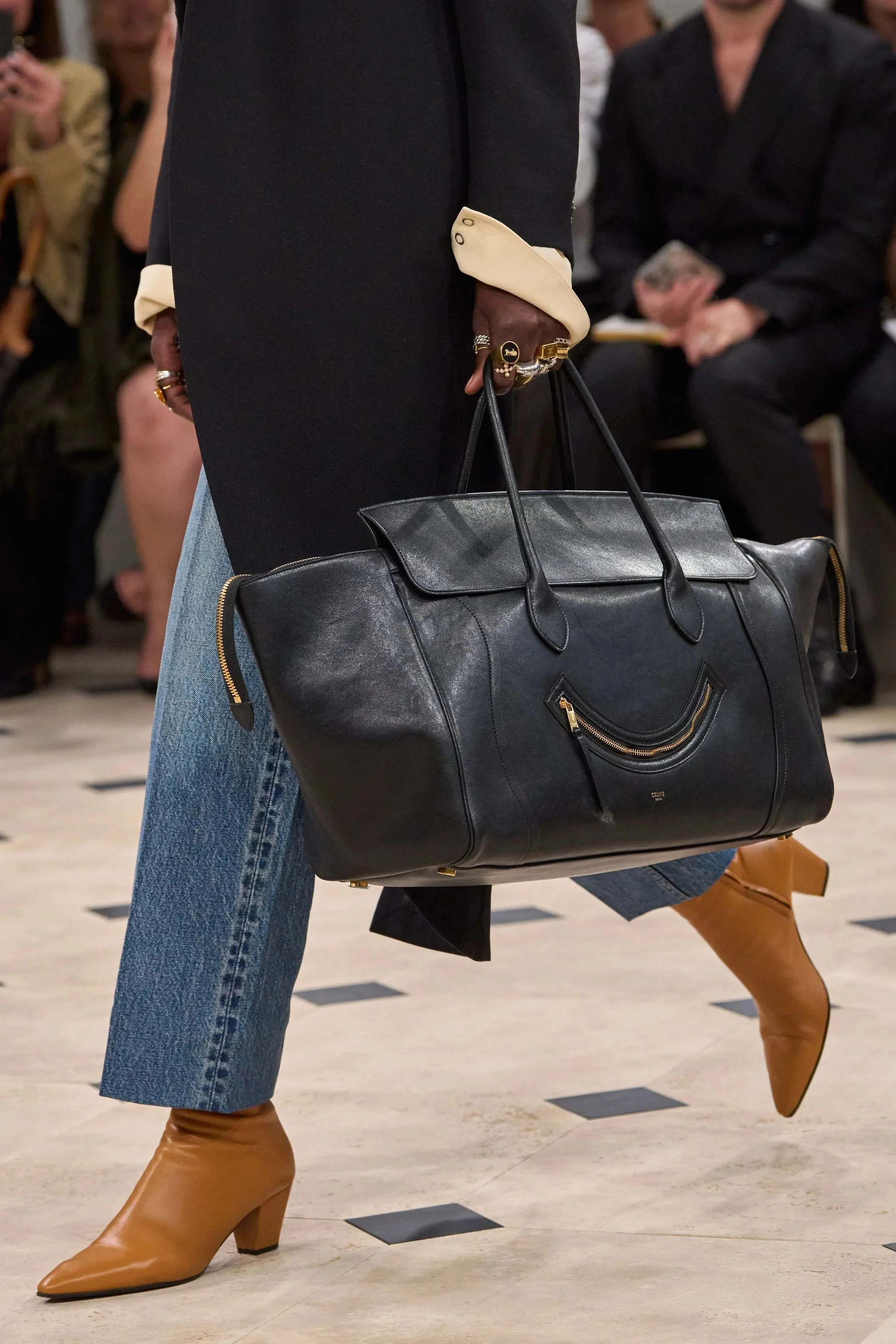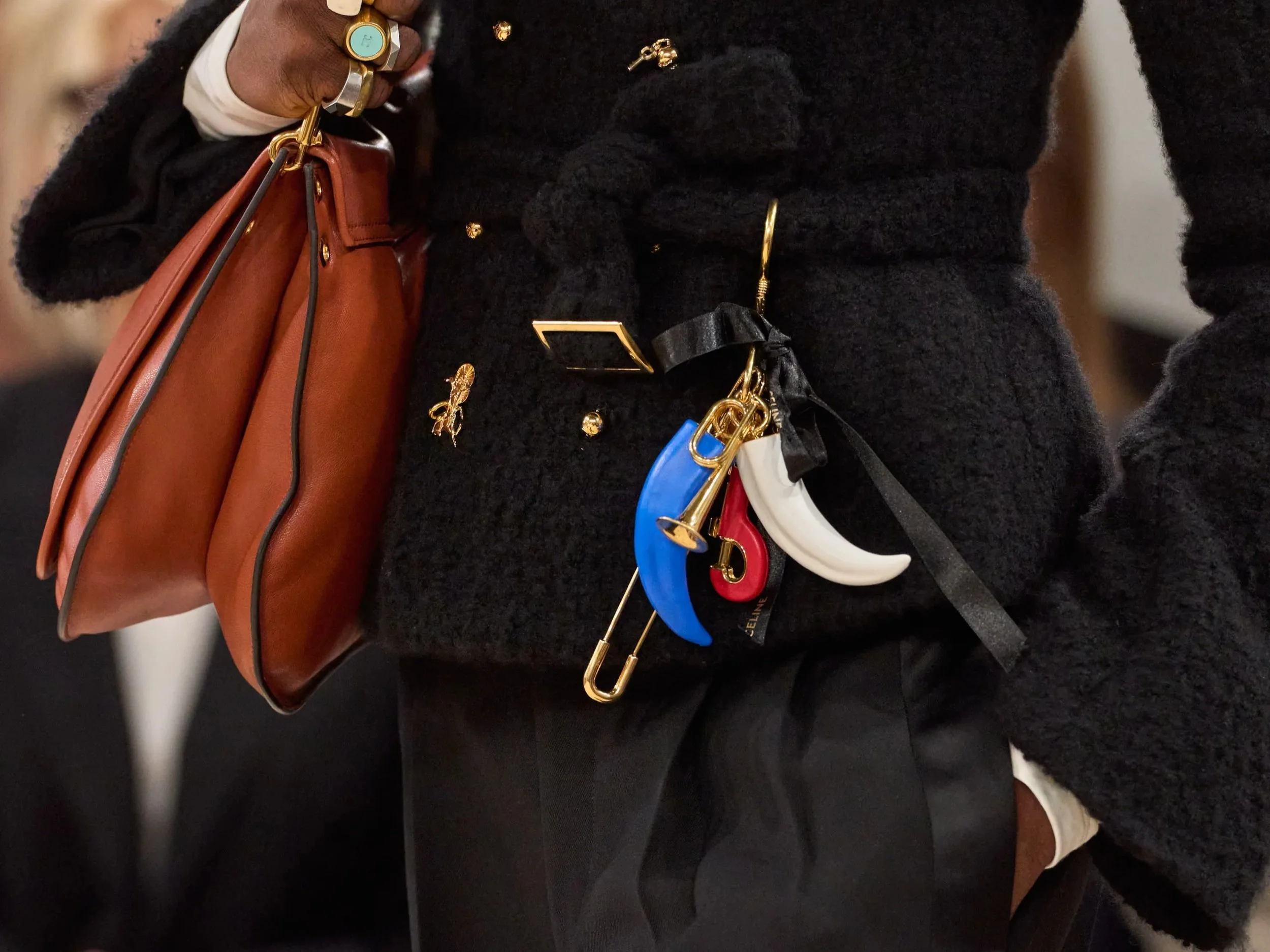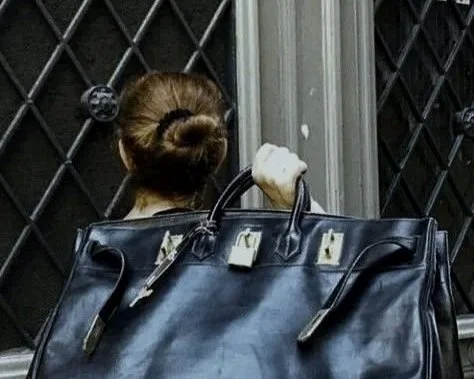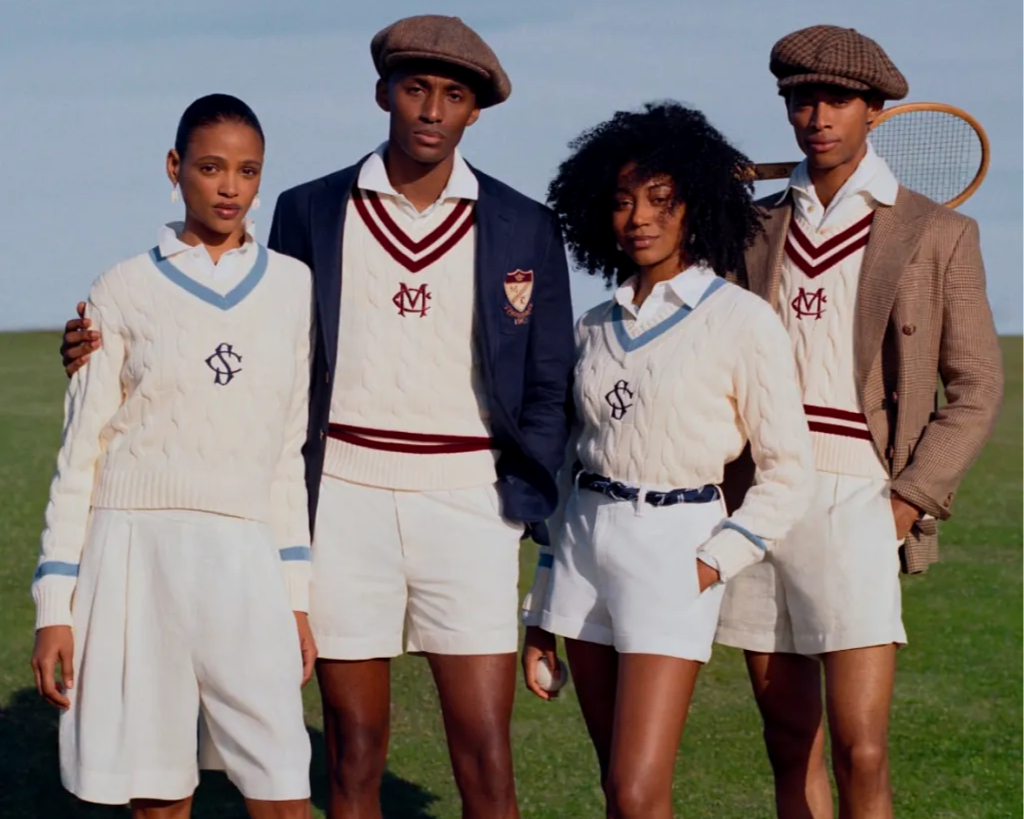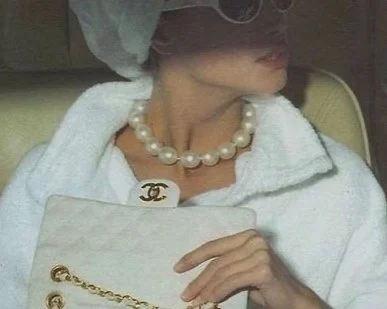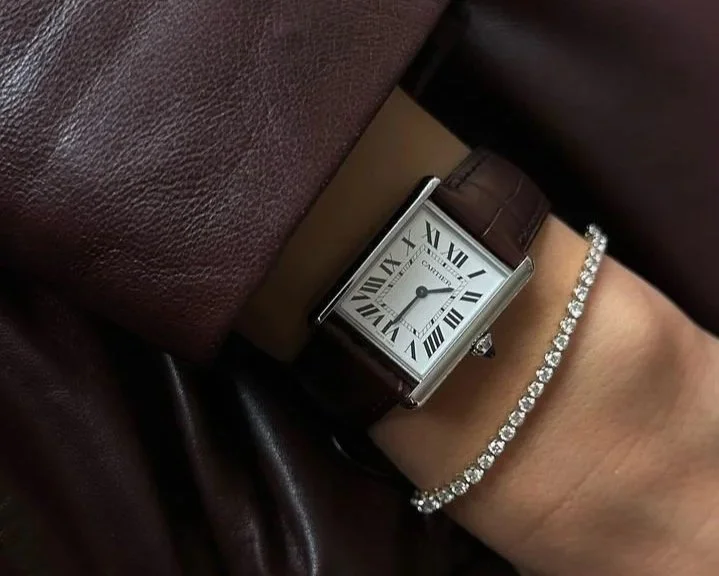Celine Printemps 2026: A Legacy Reimagined by Michael Rider
Celine Spring 2026 marks Michael Rider’s debut collection, blending modern prep with Parisian elegance in a refined evolution of the house’s legacy.
This season has been defined by seismic shifts, with creative reshuffles and fresh visions sweeping through major luxury houses. Yet few moments were as anticipated as Michael Rider’s debut for Celine. Having once worked under Phoebe Philo and later shaped Polo Ralph Lauren’s directional runway lines, Rider’s return to Celine was more than a career pivot—it was a restoration.
This marks the first season post-Hedi Slimane, whose reign made Celine synonymous with high-gloss youth culture and commercial power. Now, with Spring 2026, the house enters a new era—one where poise, prep, and Parisian precision find common ground.
Elevate Your Life
Take our conscious luxury course and turn your life into a masterpiece of majestic moments — tailored to your distinct tastes and personal preferences.
A Homecoming
Set at Celine’s Rue Vivienne headquarters, the show unfolded beneath a dramatic silk foulard canopy as Paris weathered a sudden downpour. Models emerged from the shadows with purpose, while guests sheltered beneath umbrellas—creating a cinematic tension between control and chaos. This wasn’t just a runway presentation; it was a rite of return. The storm felt less like inconvenience and more like punctuation.
Bridging Eras
Rider’s collection was both self-aware and sincere. Rather than reject his predecessors, Rider layered them: Philo’s thoughtful minimalism whispered through sleek tailoring; Slimane’s magnetism echoed in subtle edginess.
But the core of the collection was Rider himself—a designer who believes in clothes that live with the wearer, that patinate with time. There was no singular theme, and that was the point. It was a blend: American prep, Parisian ease, London edge. Yet somehow, in this mélange, clarity emerged.
Aesthetic Vocabulary
Rider’s fluency in preppy and effortlessly chic codes was unmistakable. There were rugby shirts tucked into narrow trousers; argyle knits worn over shirting; varsity jackets colliding with sharply tailored shorts. V-neck jumpers, striped ties, and knee socks grounded the early looks with collegiate nostalgia—but rendered with Parisian finesse.
Eveningwear pivoted into restraint: sheer slip dresses with delicate seaming, crochet gowns with angular cuts, cropped tuxedo jackets paired with fluid trousers. He played with archetypes without being beholden to them, resulting in a collection that felt literate, layered, and lively.
Accessories as Anchors
The accessories were sculptural but grounded. Scarves were styled with dramatic flair—wrapped high and wide, adding a sculptural dimension. Jewelry was a study in stacking—golden chains, enamel bangles, rings that looked like inherited heirlooms. These were not just styling flourishes. They felt like clues to a character, signs of a poised woman.
Handbags ranged from structured totes to miniature pouches in chalky neutrals and bold primaries—useful, elegant, never trying too hard. Rider also signaled the return of the beloved Celine Phantom bag, a move sure to resonate with longtime fans of the house.
Evolution vs. Revolution
Rider’s triumph was his refusal to overwrite. This wasn’t reinvention; it was reinterpretation. Celine’s heritage was honored, not abandoned. Every look felt rooted in something familiar—yet skewed just enough to feel contemporary.
The cuts were approachable, the styling aspirational, and the tone: grown-up with just the right amount of glint. This was a debut rooted in empathy. Rider wasn’t shouting to be heard. He was listening to what Celine already was—and gently redirecting its path.
Poise in Progress
While the debut was cohesive in spirit, there were moments where the layering of references seemed visually cluttered. Certain combinations—such as oversized varsity knits paired with sheer skirts and dramatic accessories—risked feeling more decorative than deliberate. A tighter edit would have allowed the most compelling ideas to breathe.
Still, these instances read less as missteps and more as the natural tension of a designer establishing his rhythm. Rider is shaping a new vocabulary for Celine, and with time, that voice will likely sharpen into something unmistakably his own.
Gentle Recalibration
Celine under Rider isn’t about rupture. It’s about resonance. The house that soared under Philo and sold under Slimane now seeks something more lasting: connection. With a commercial backdrop softening and an audience craving emotional depth, Rider’s timing feels uncanny.
Expect the next collections to refine, not revolutionize. To build, not break. And that might be exactly what Celine—and fashion—needs now: classic garments designed not just for the moment, but to live with you over time.
